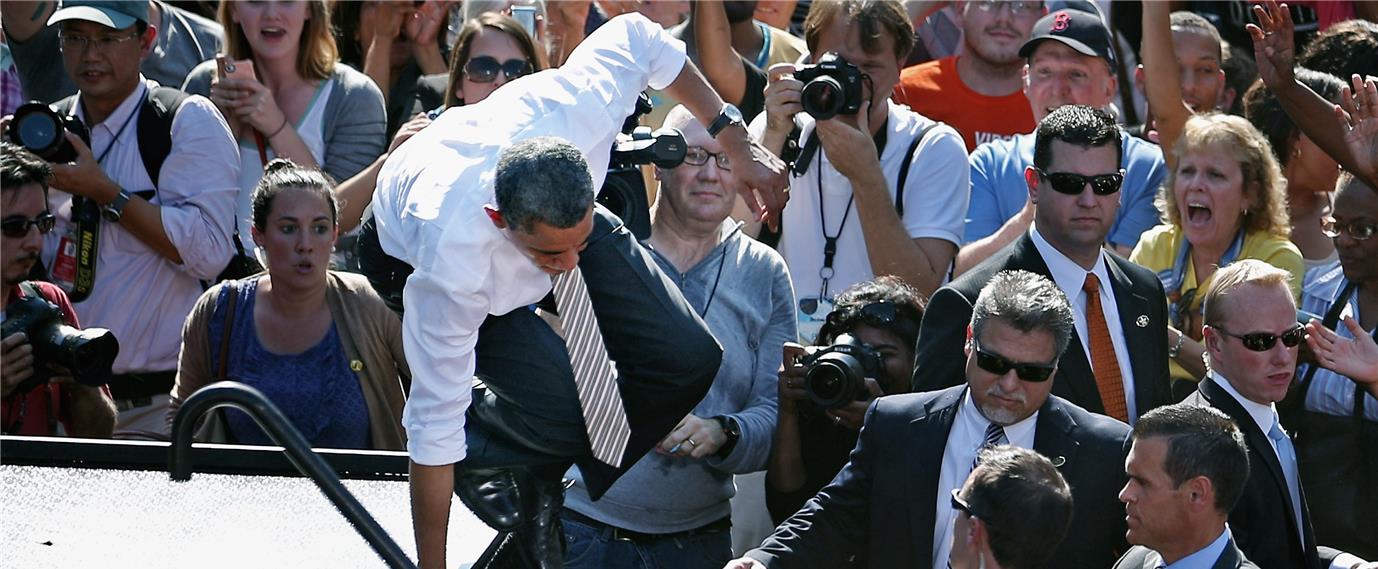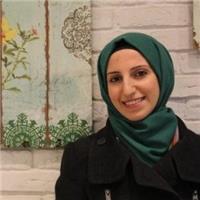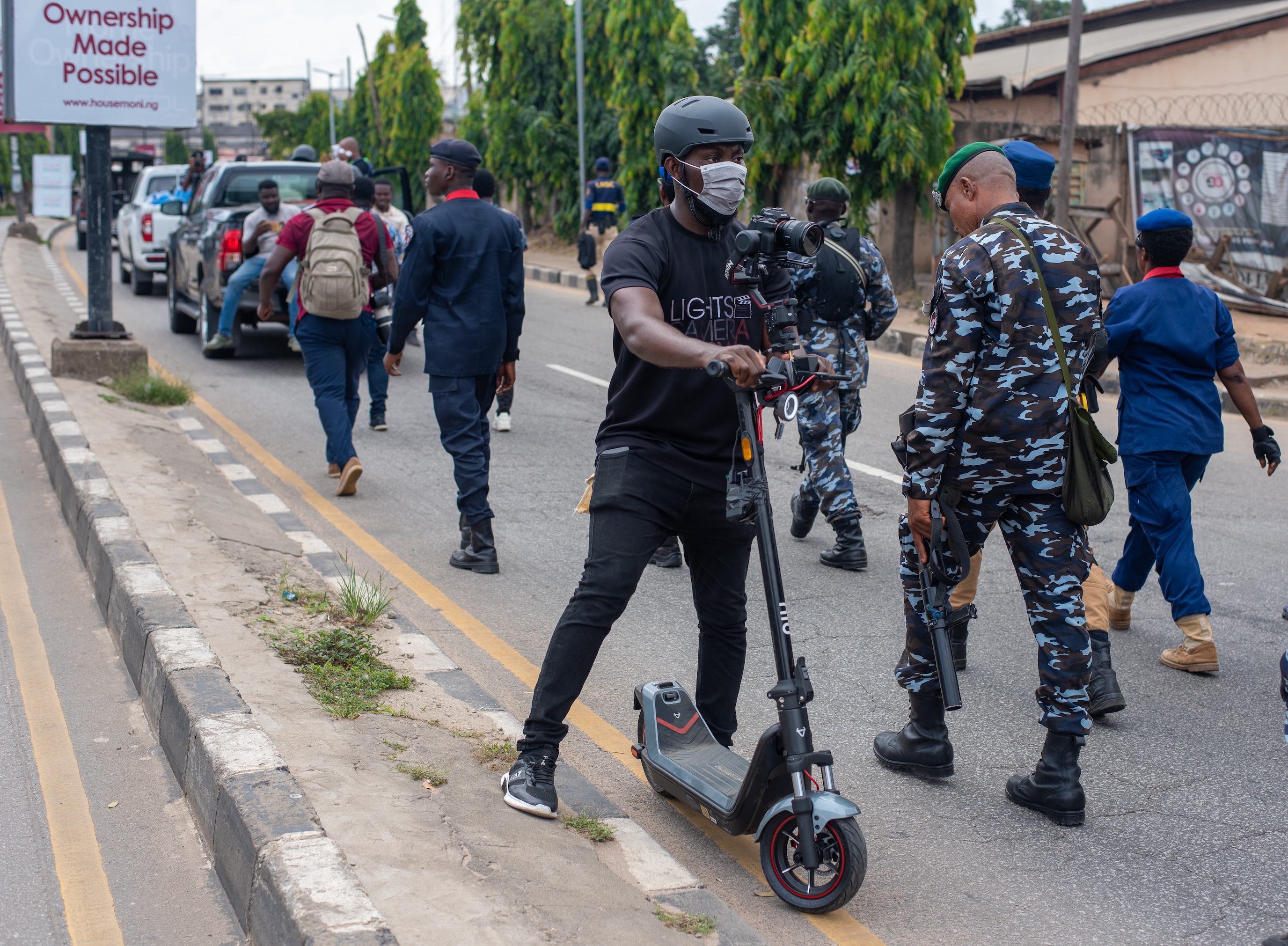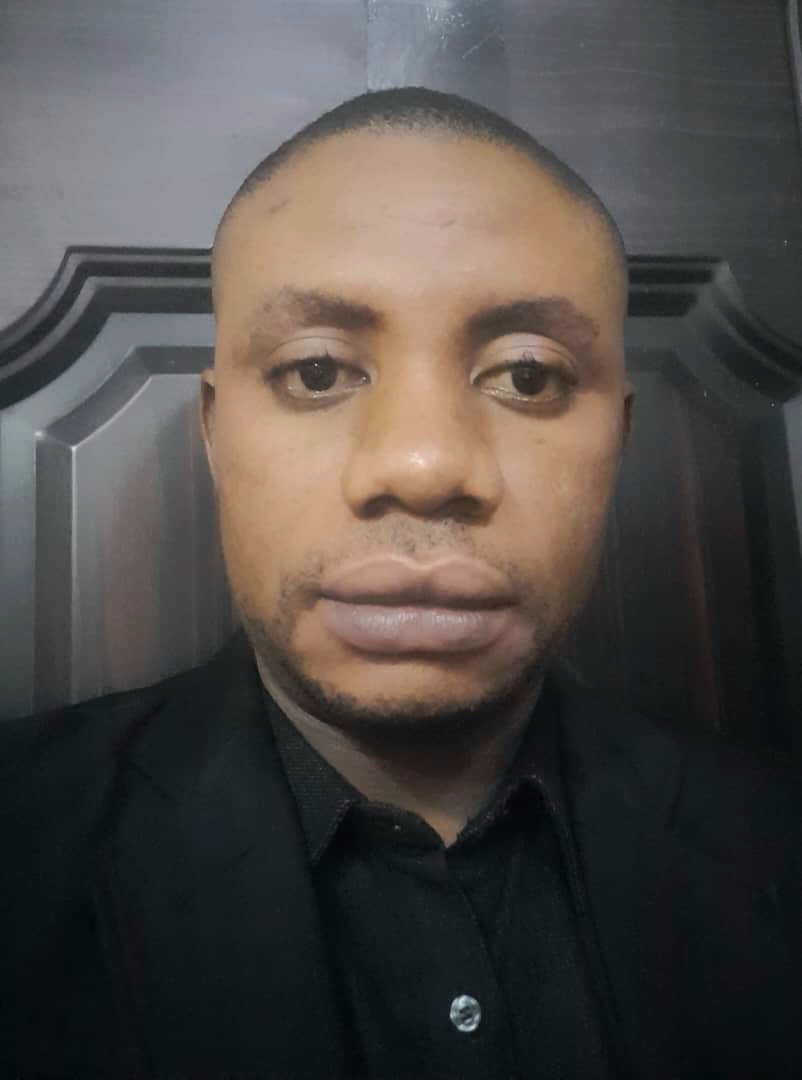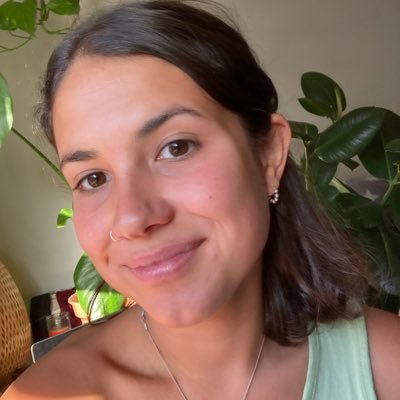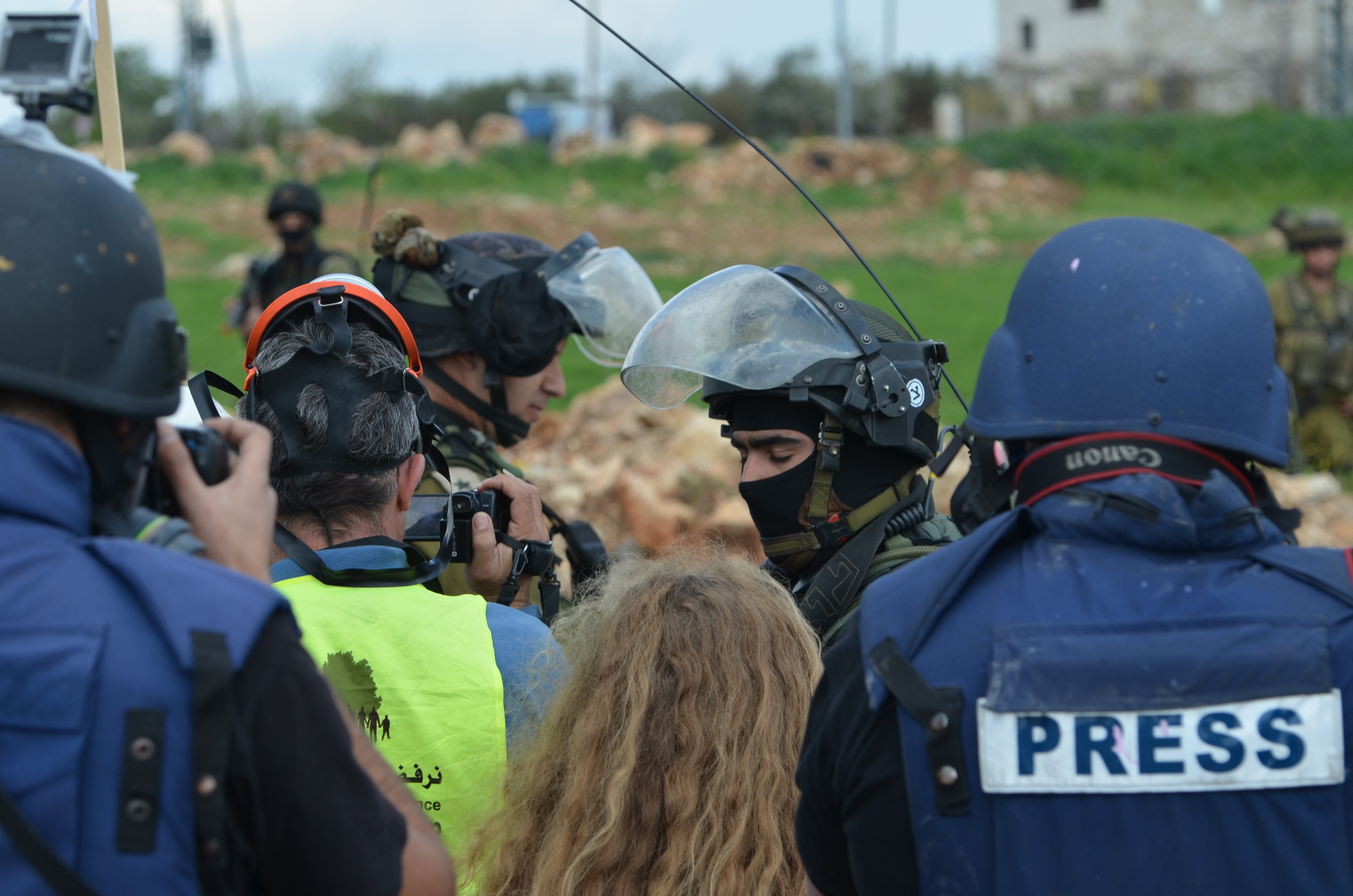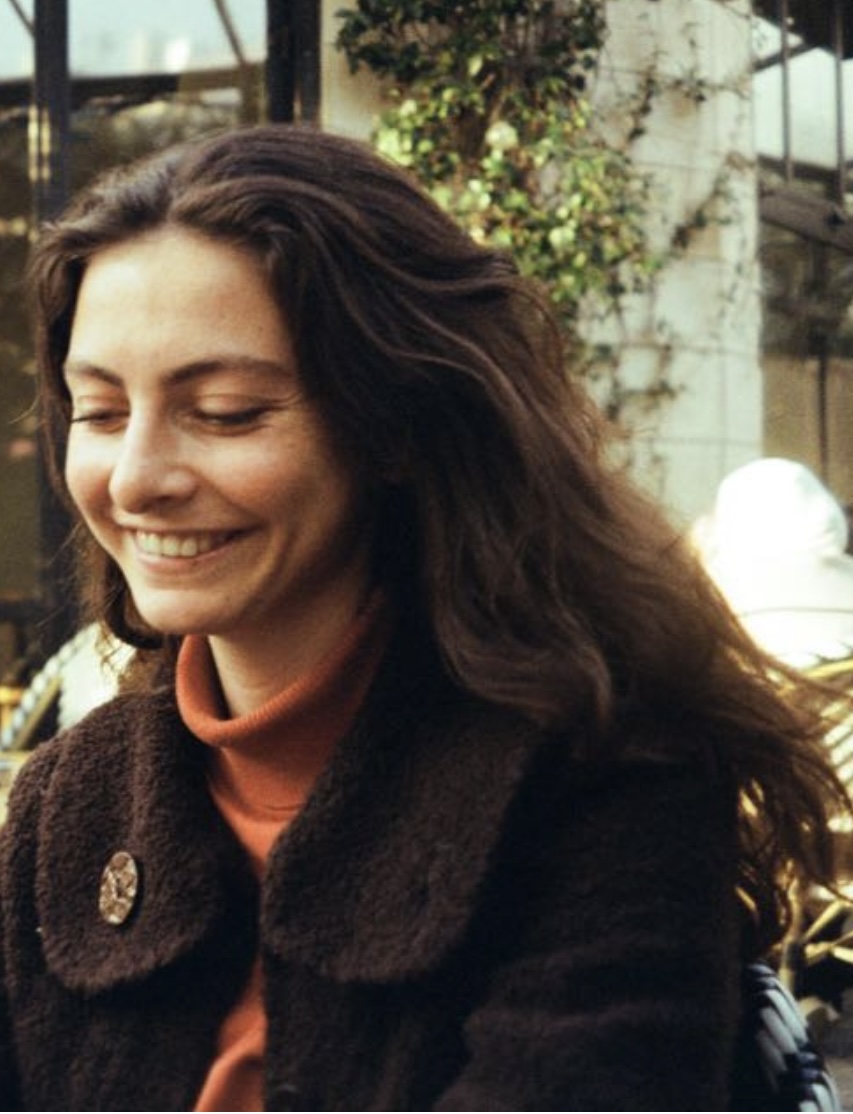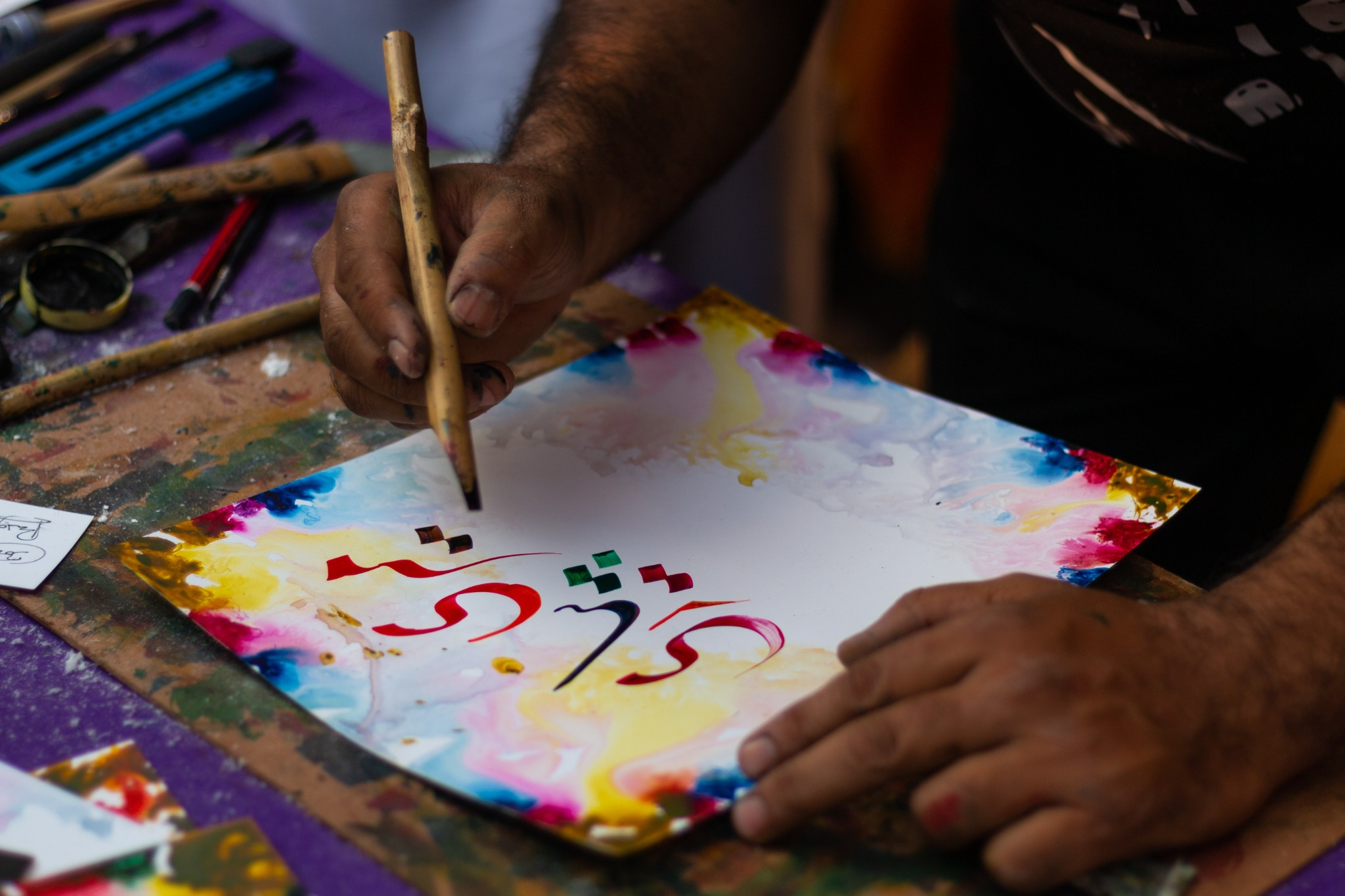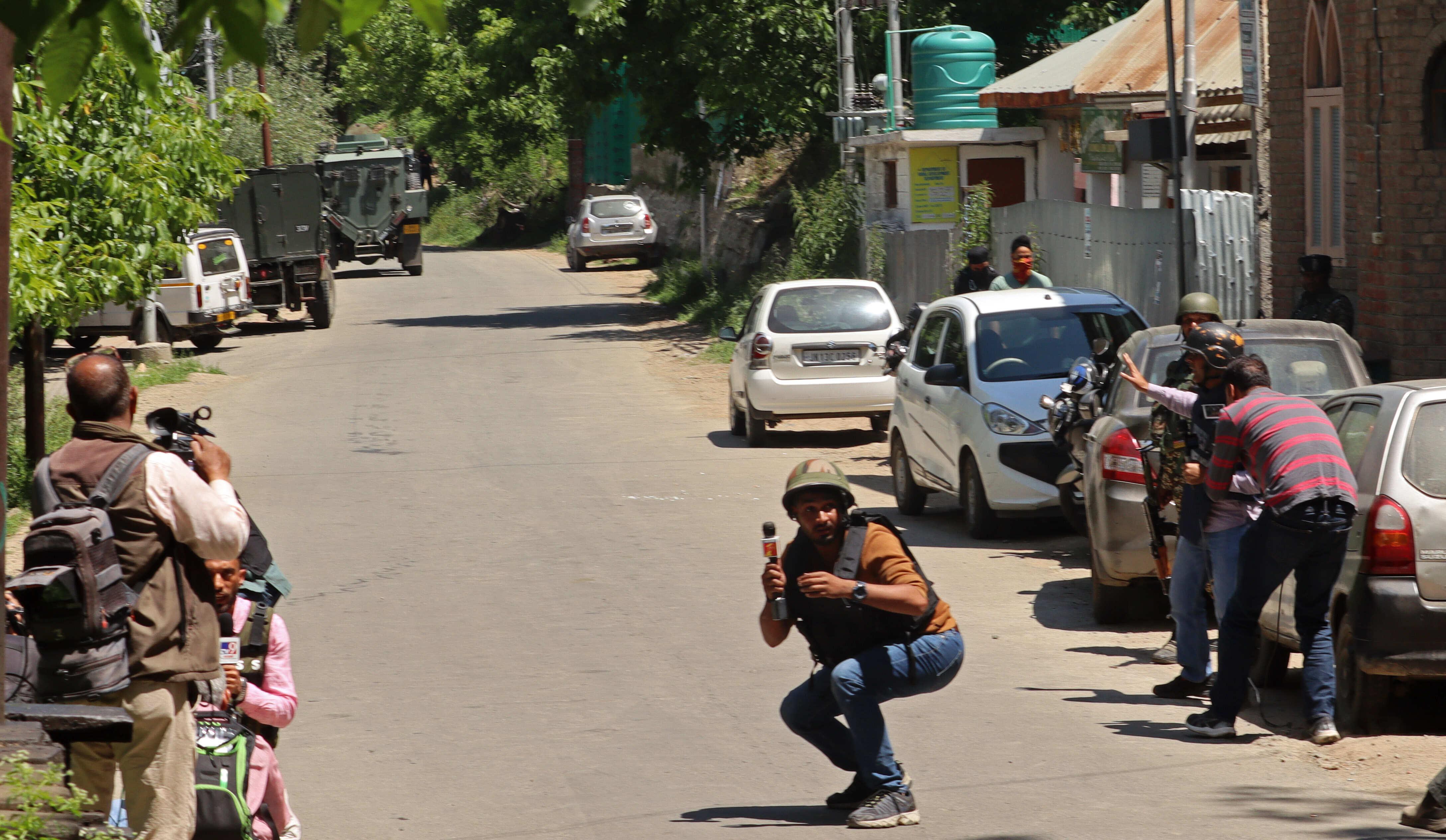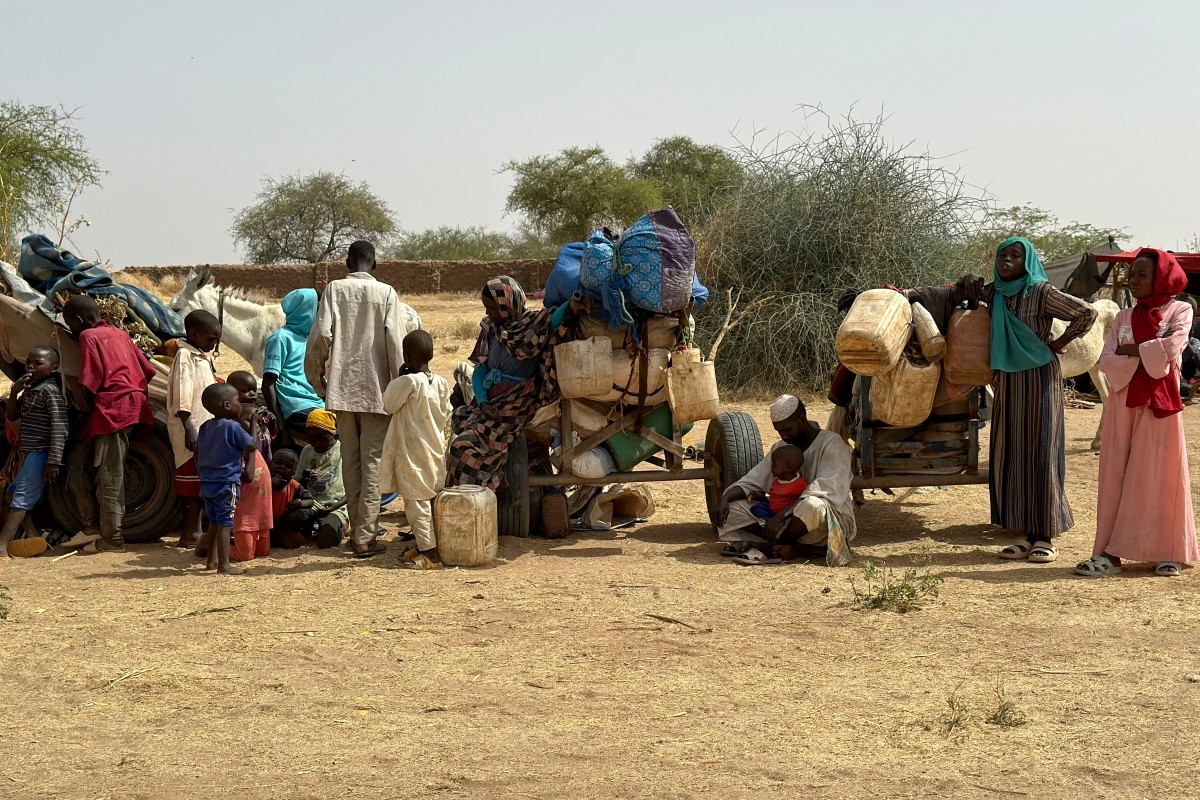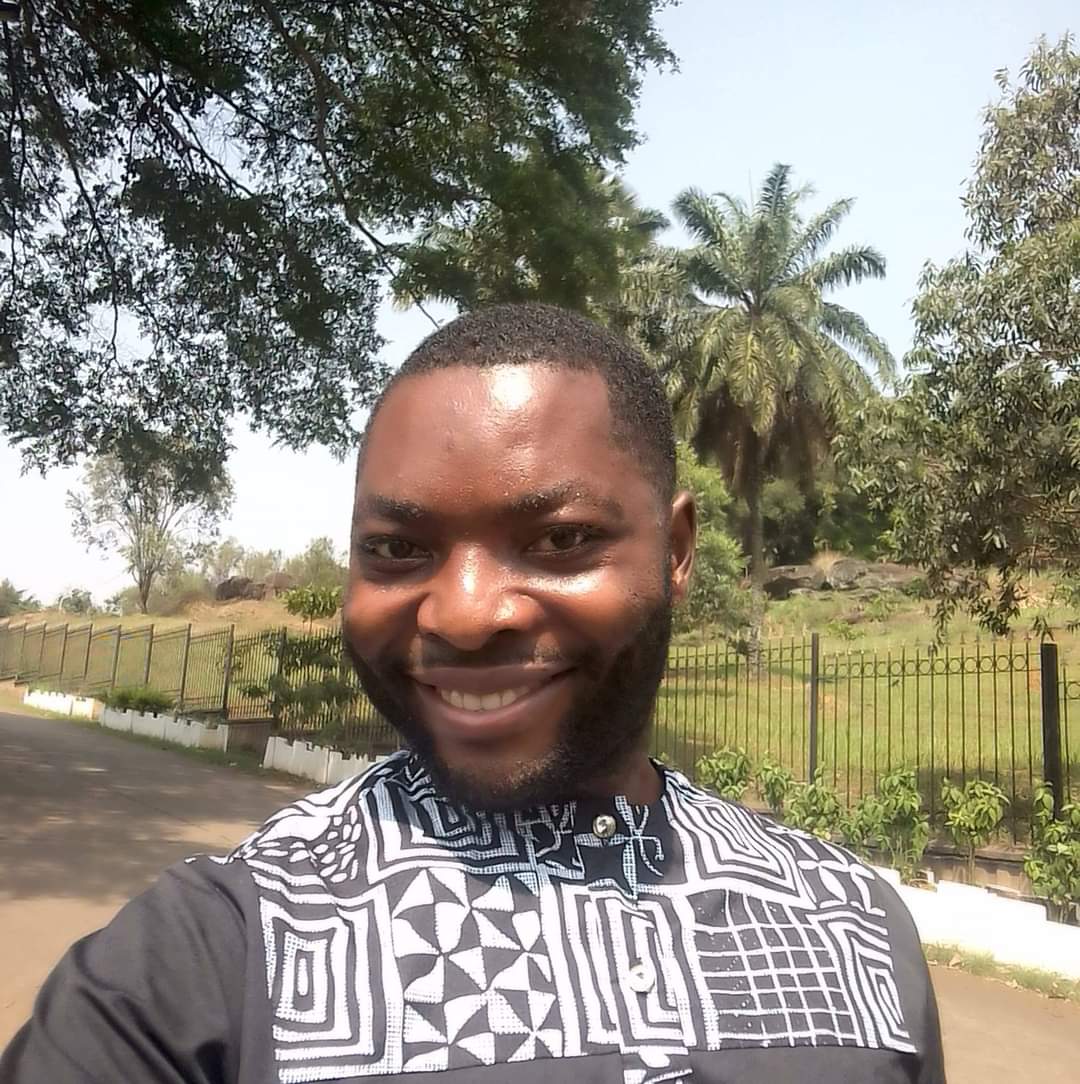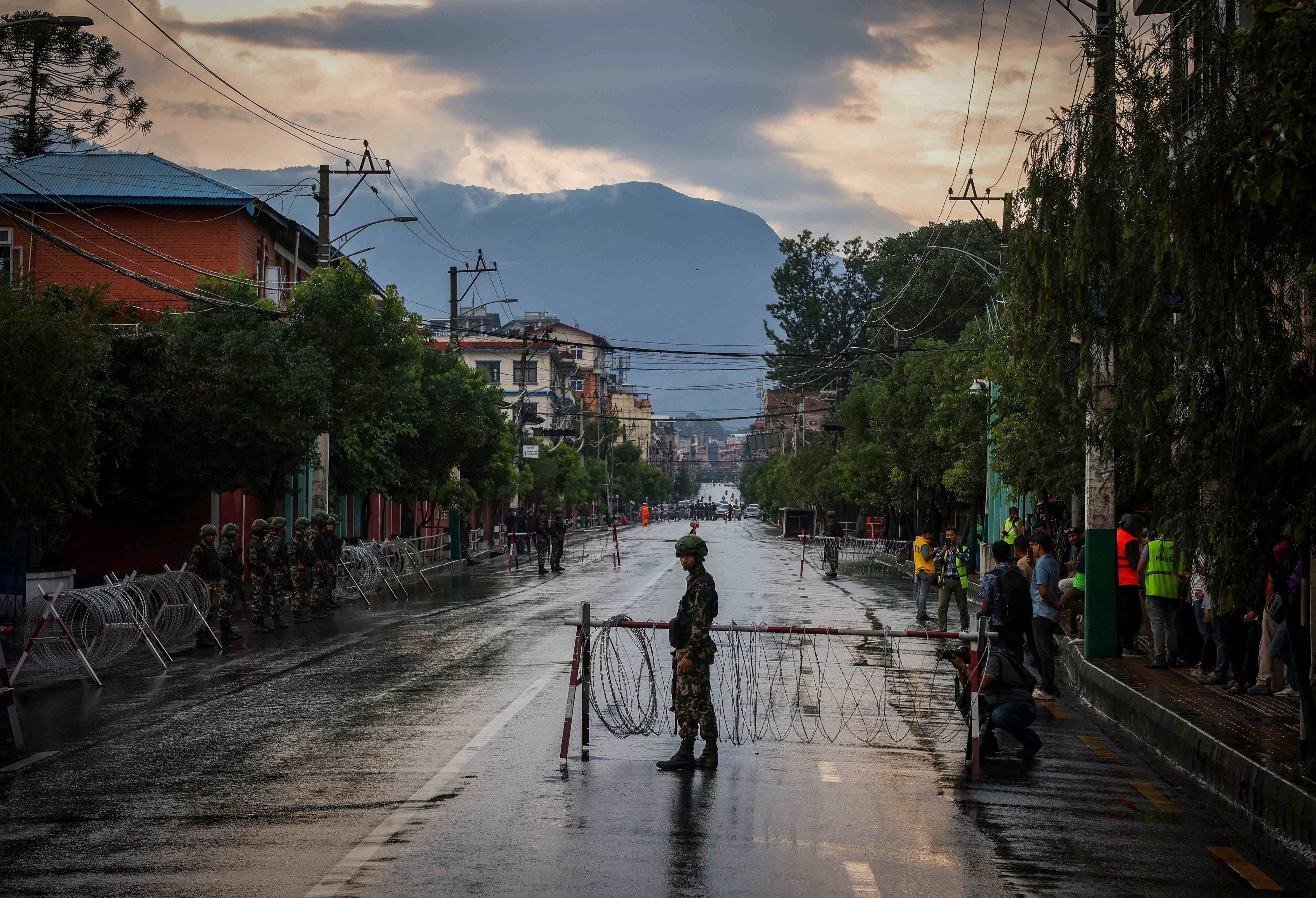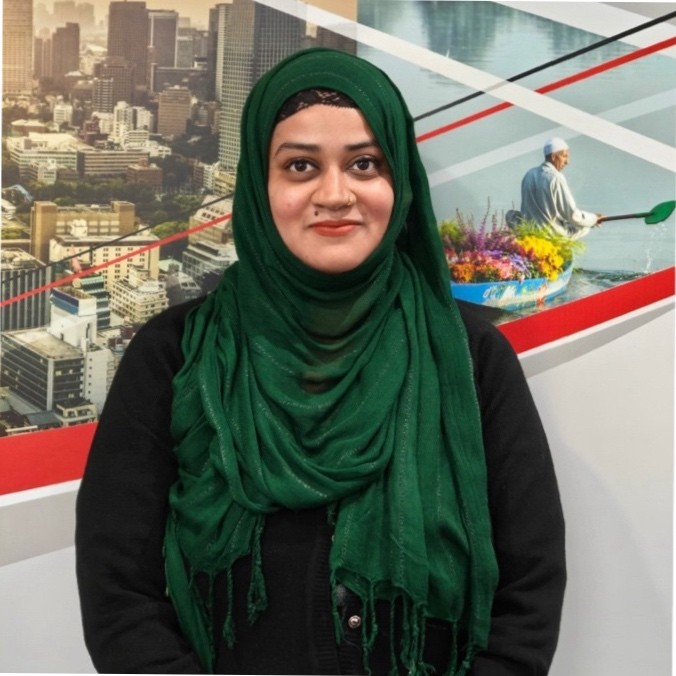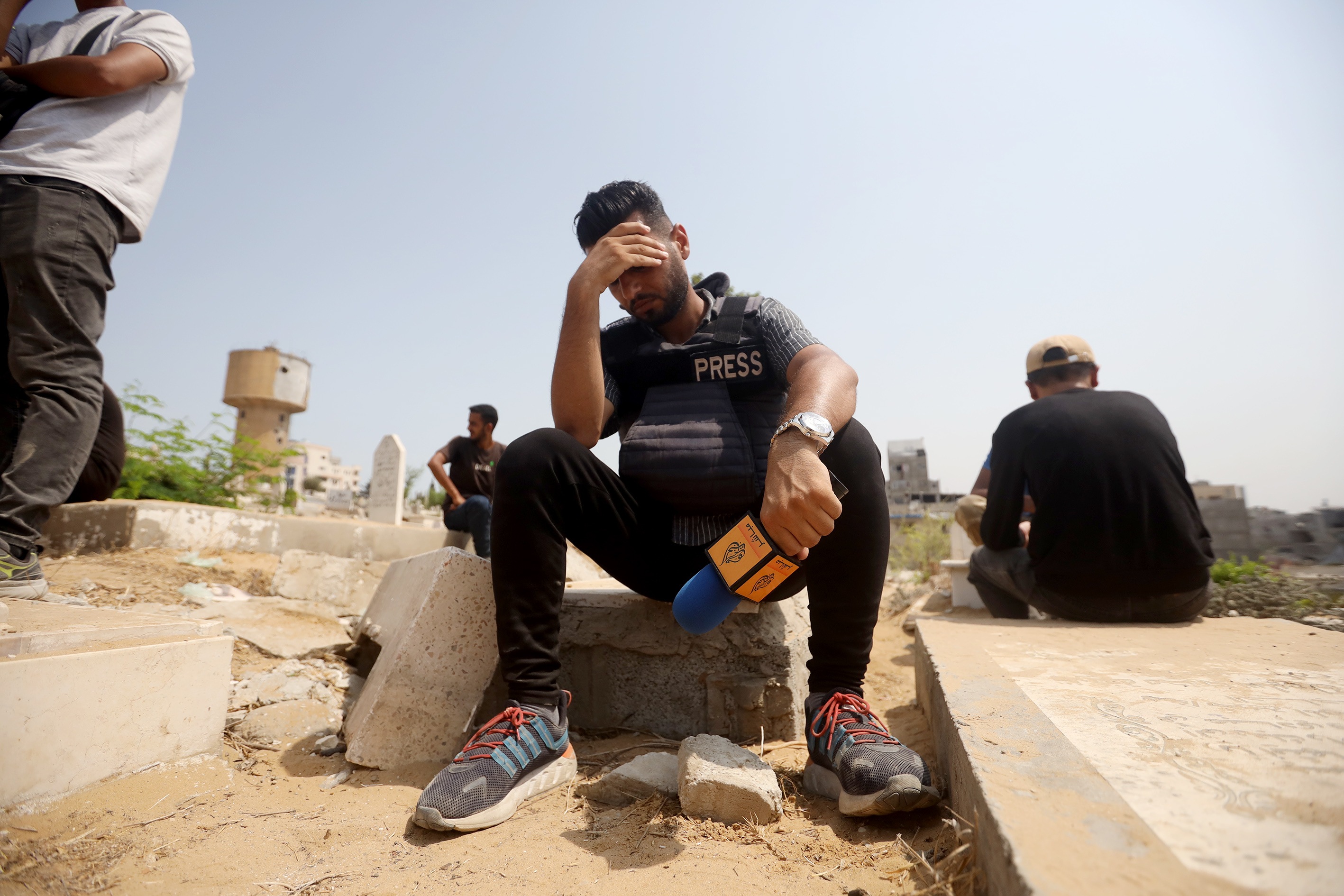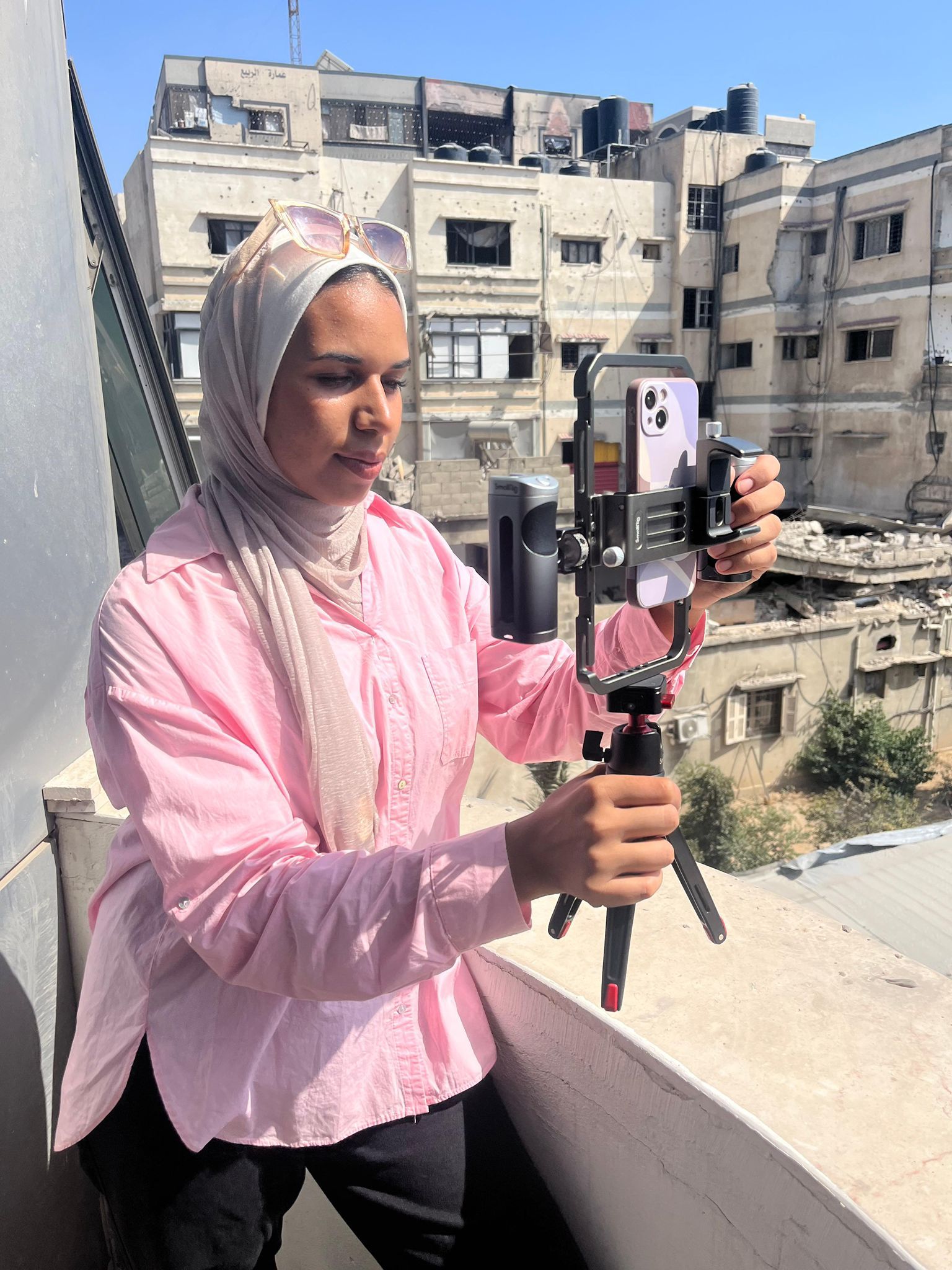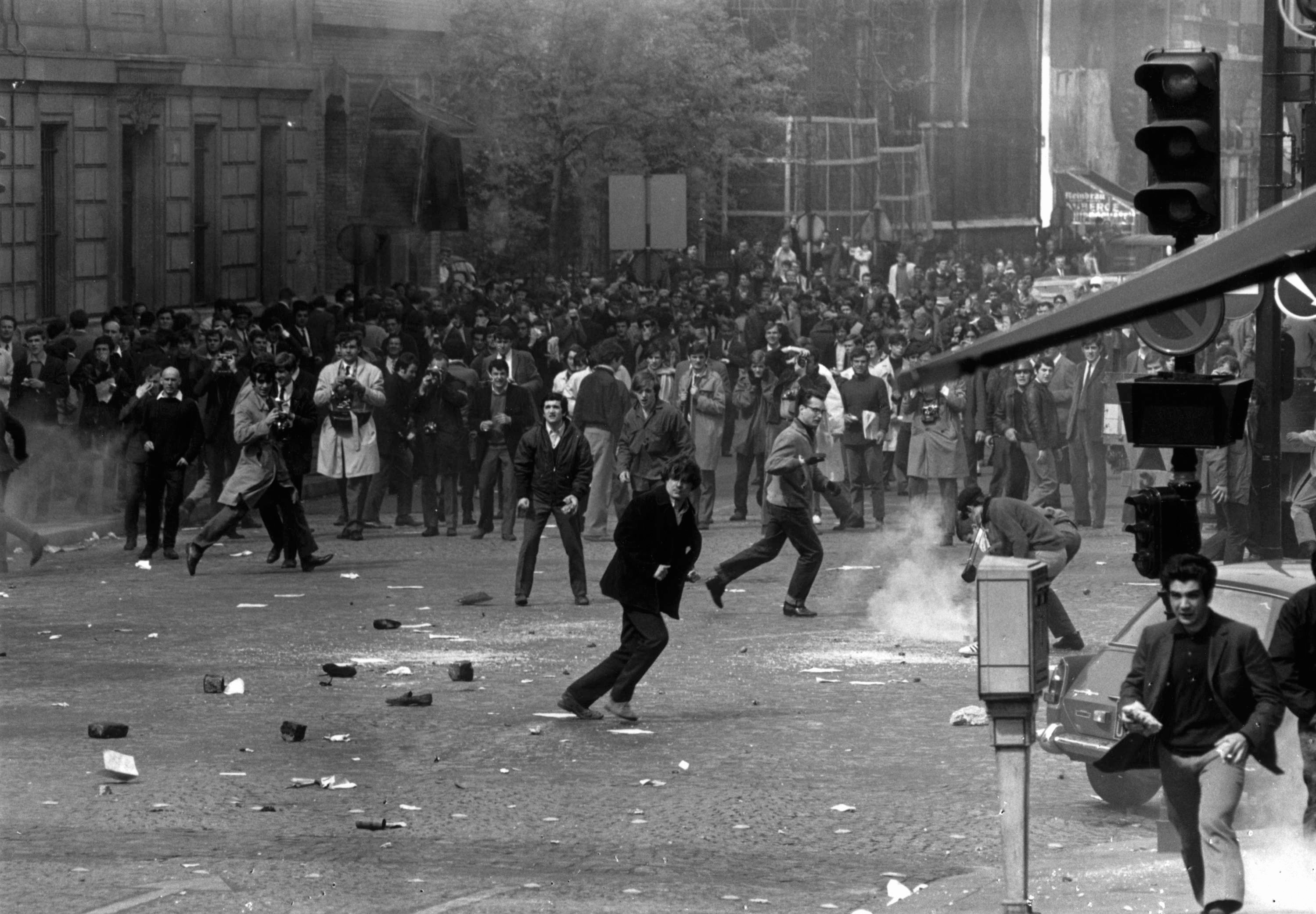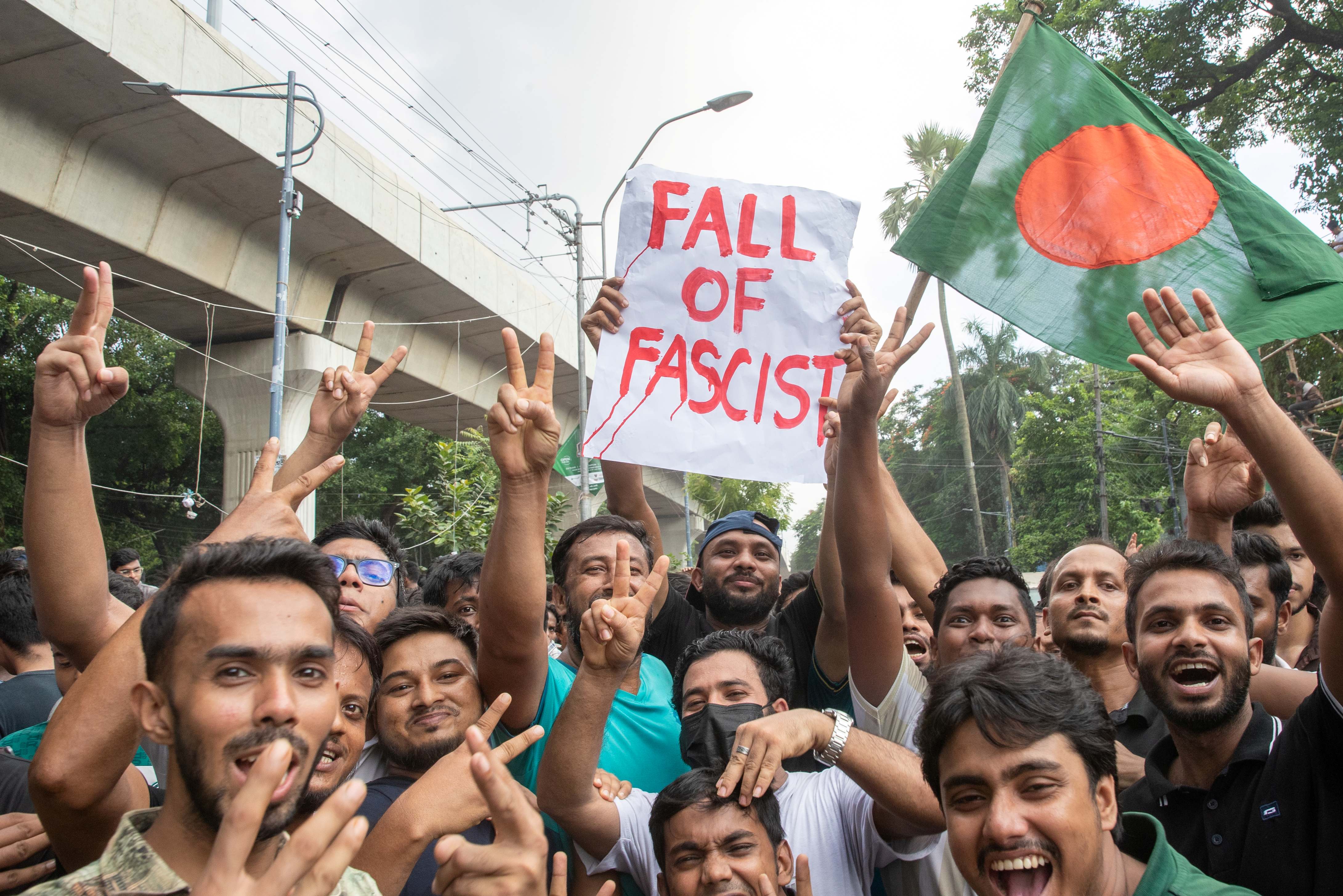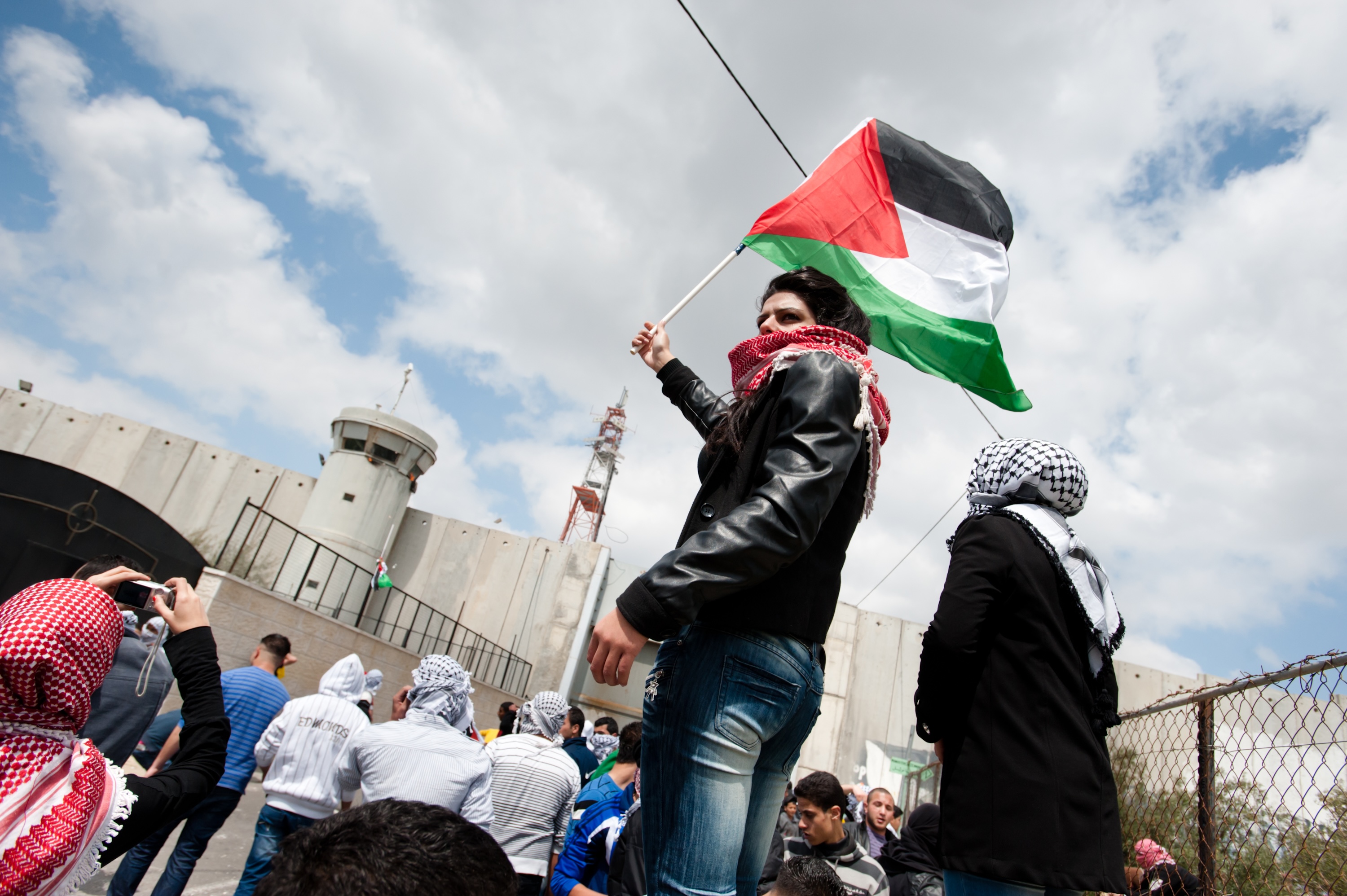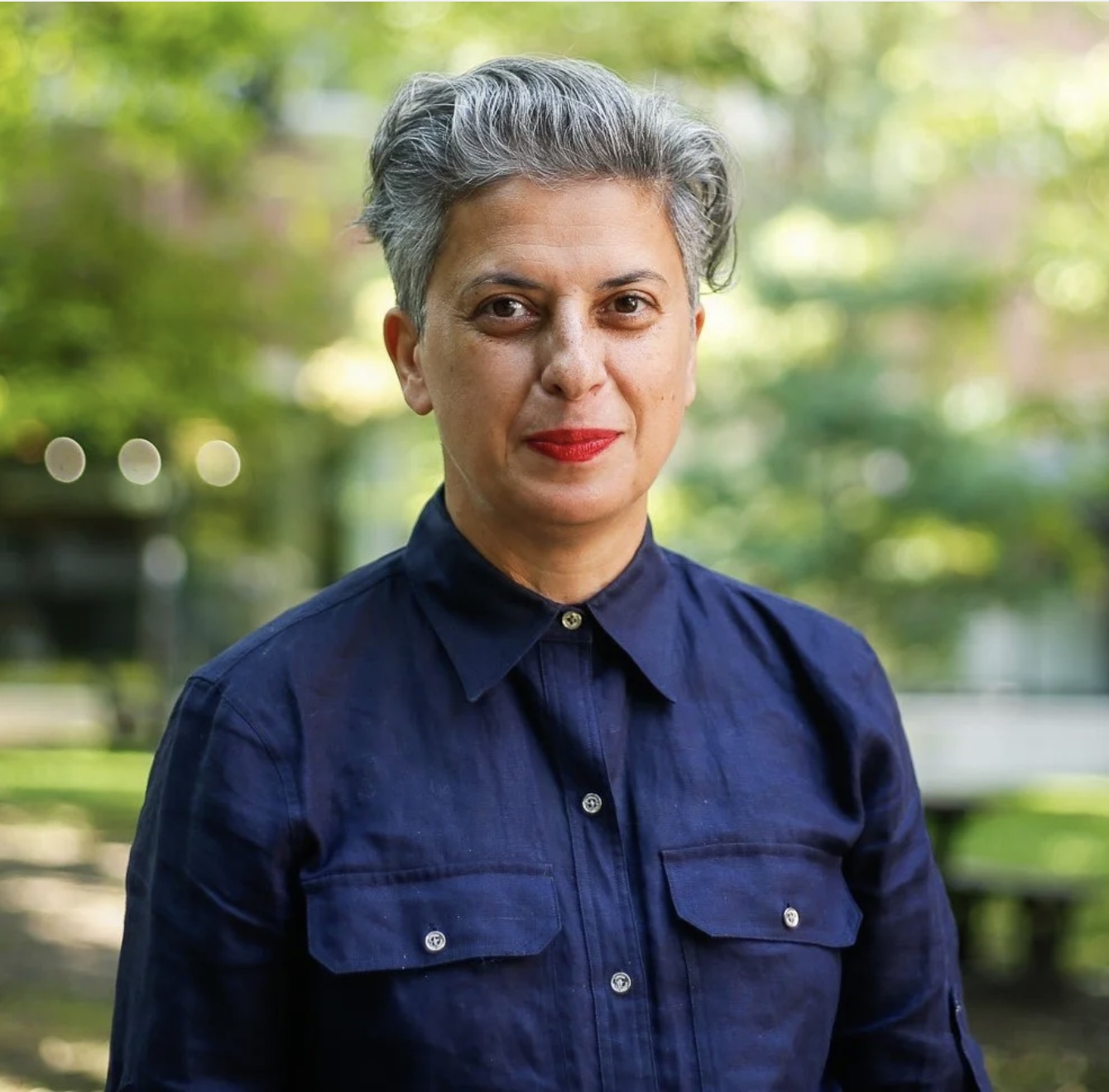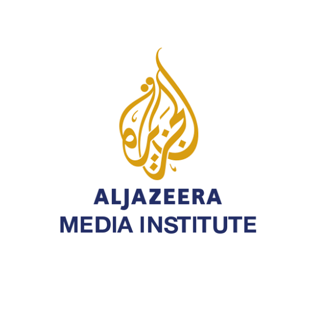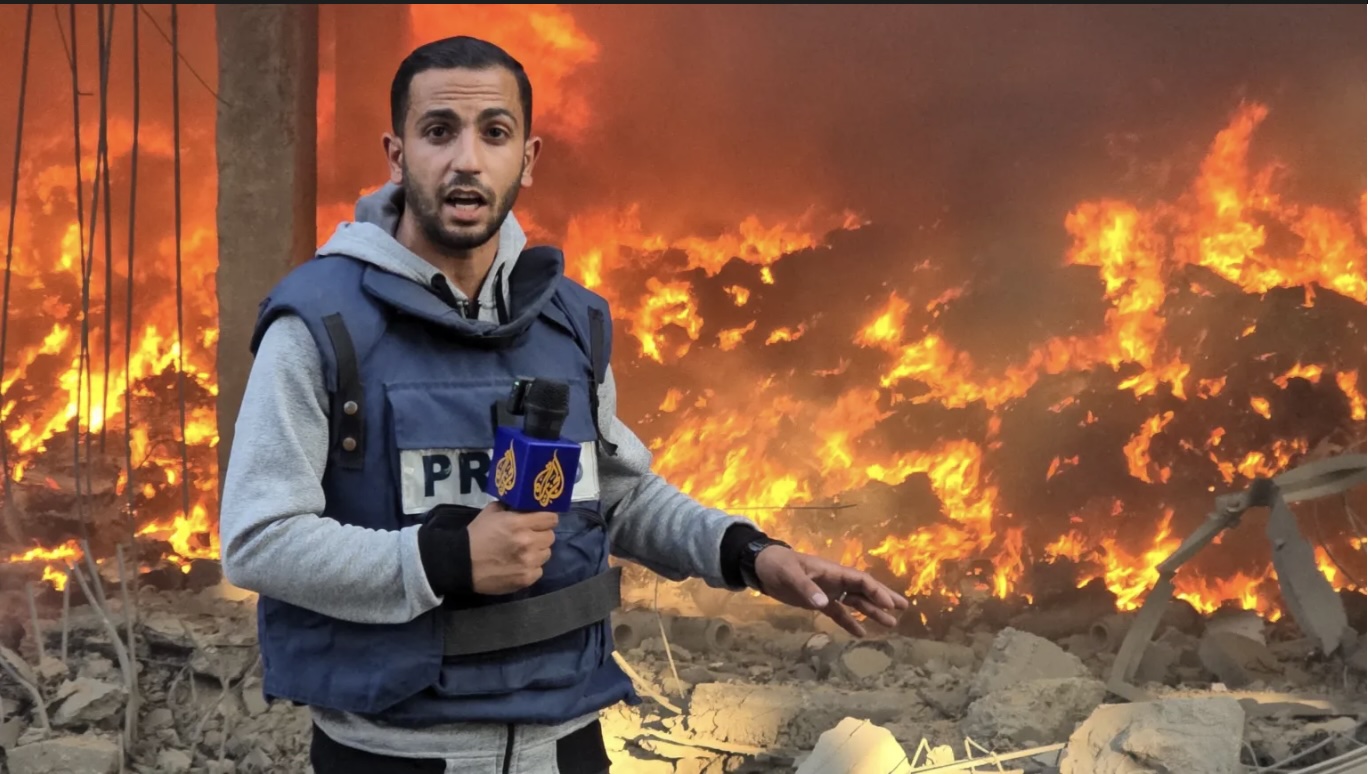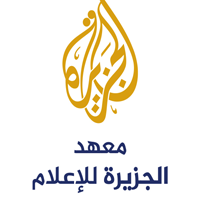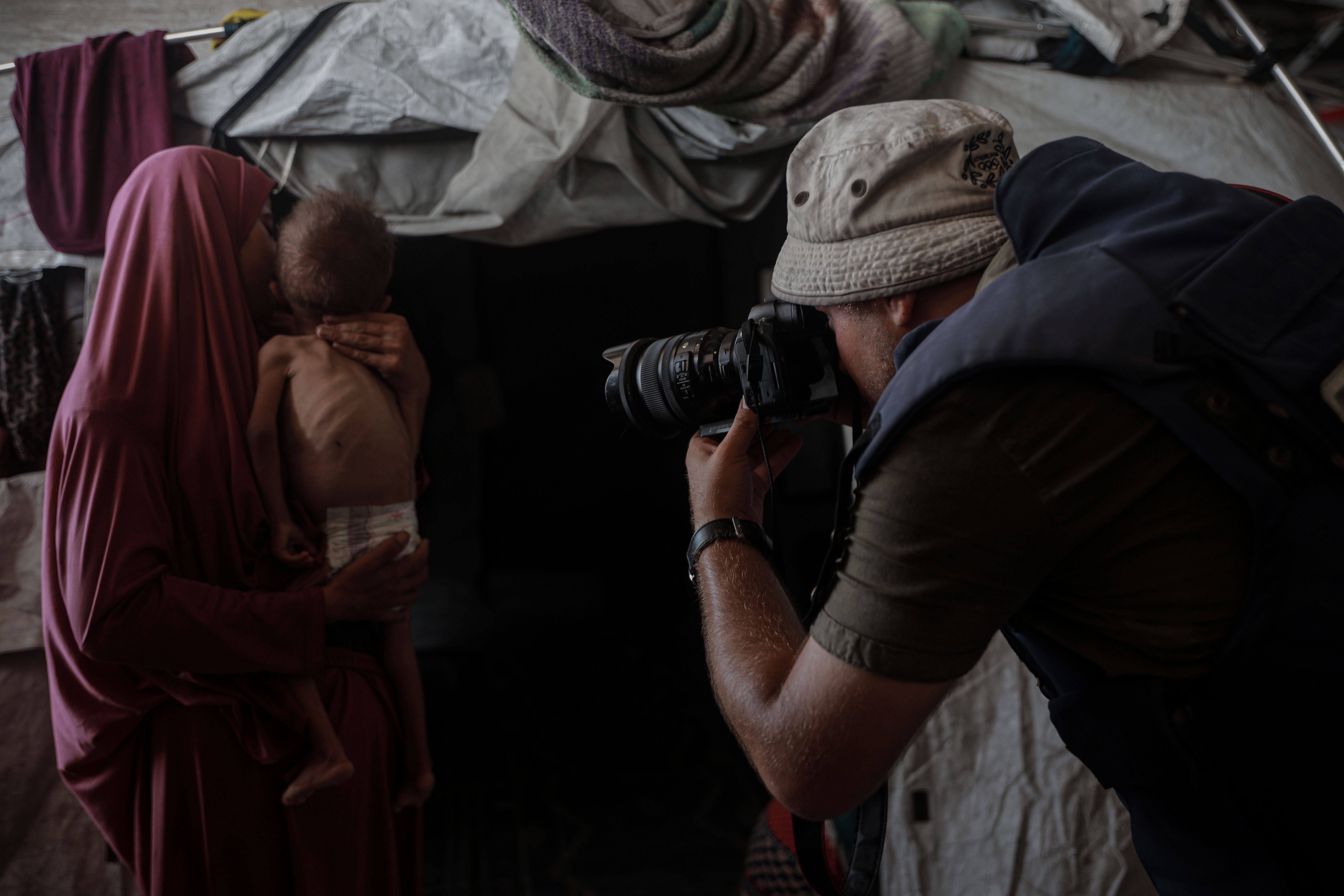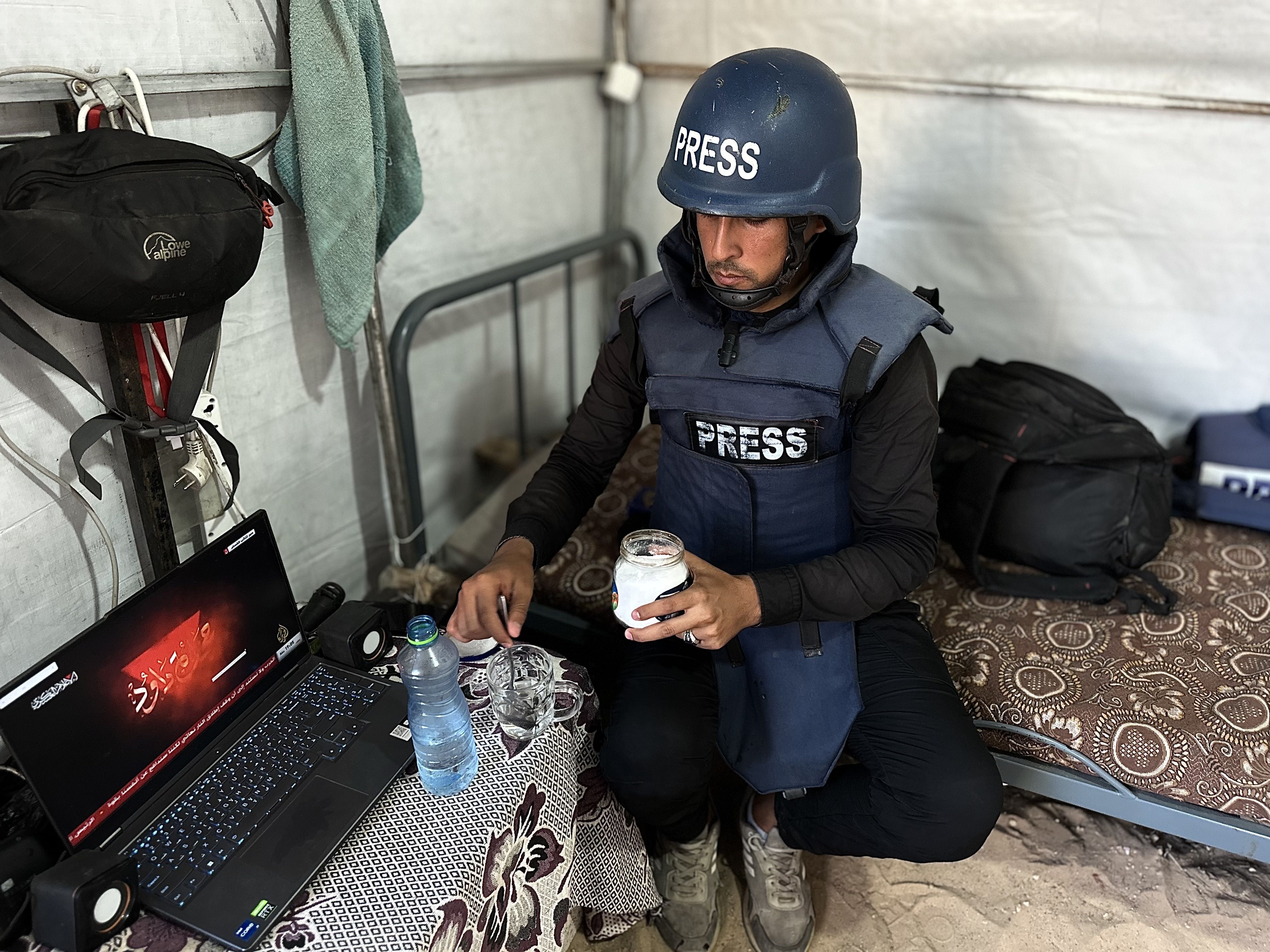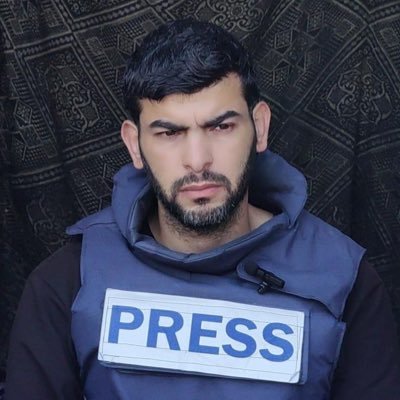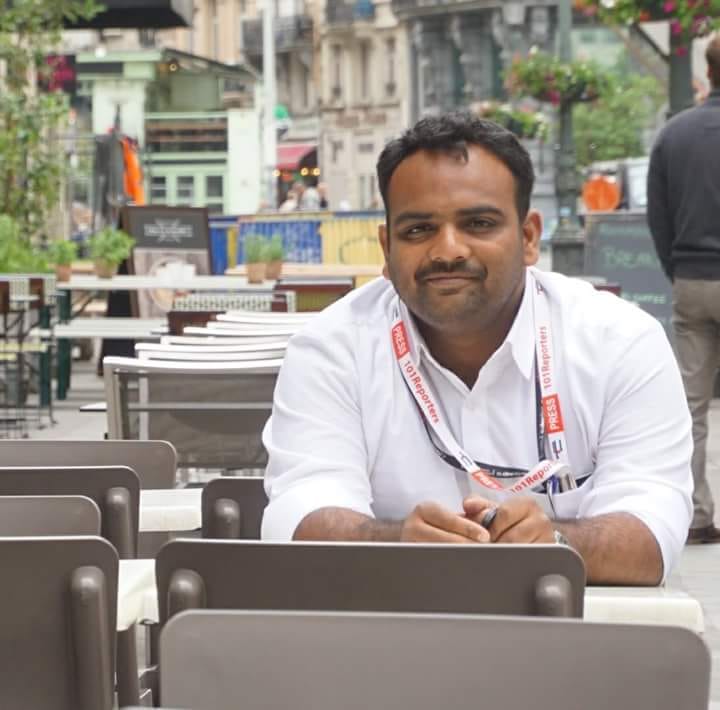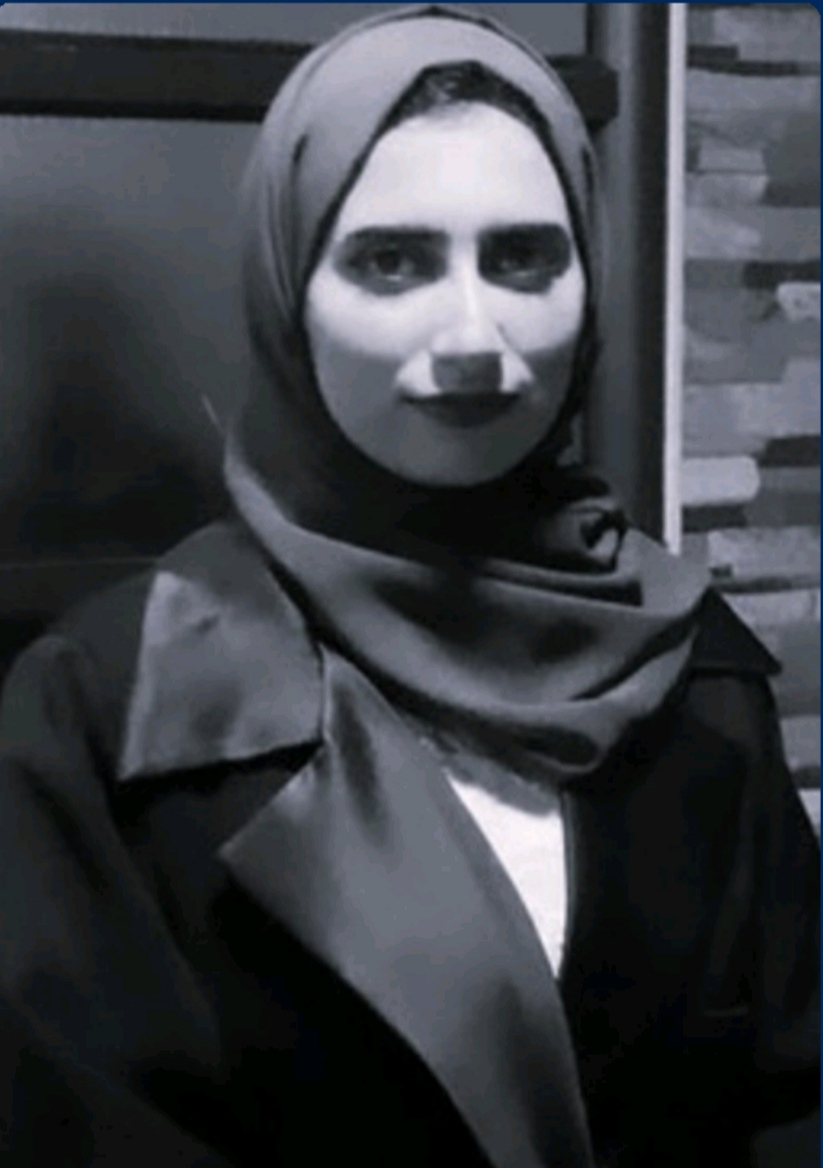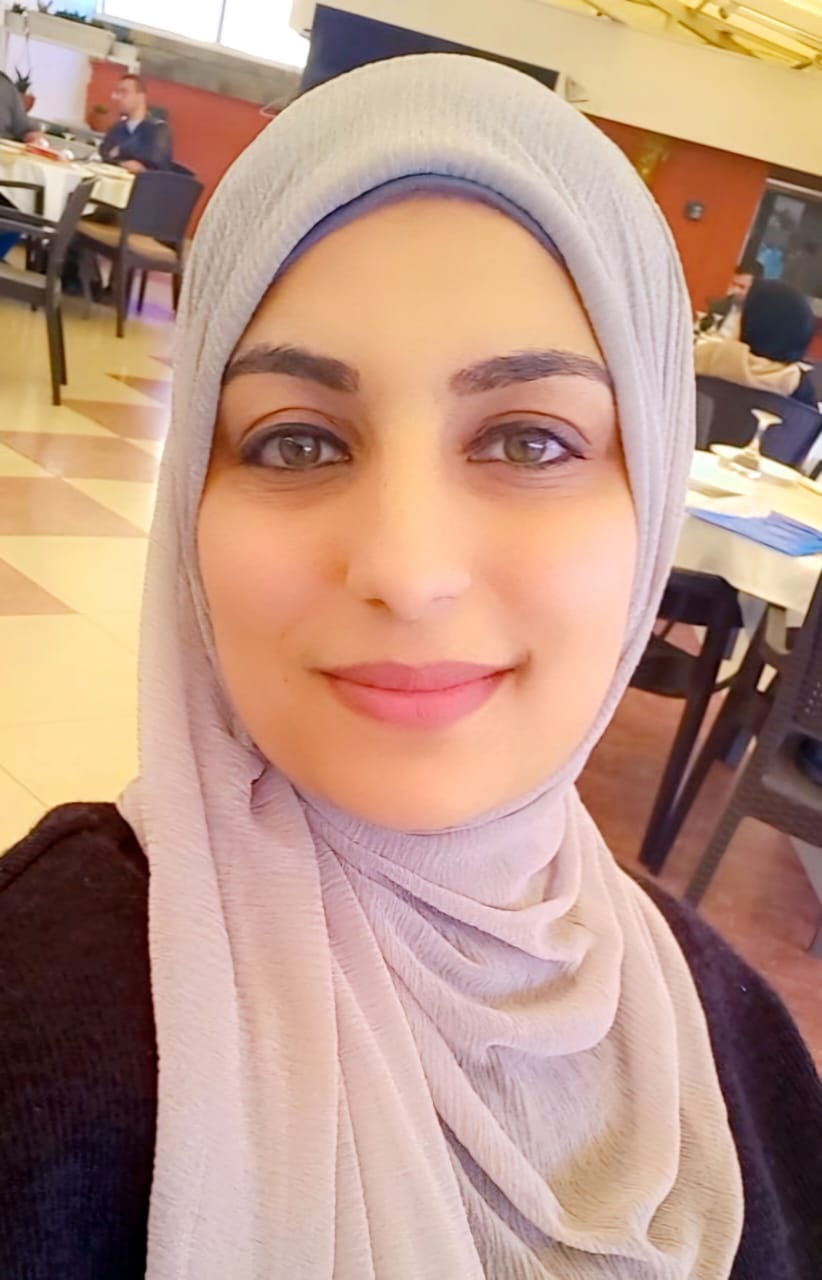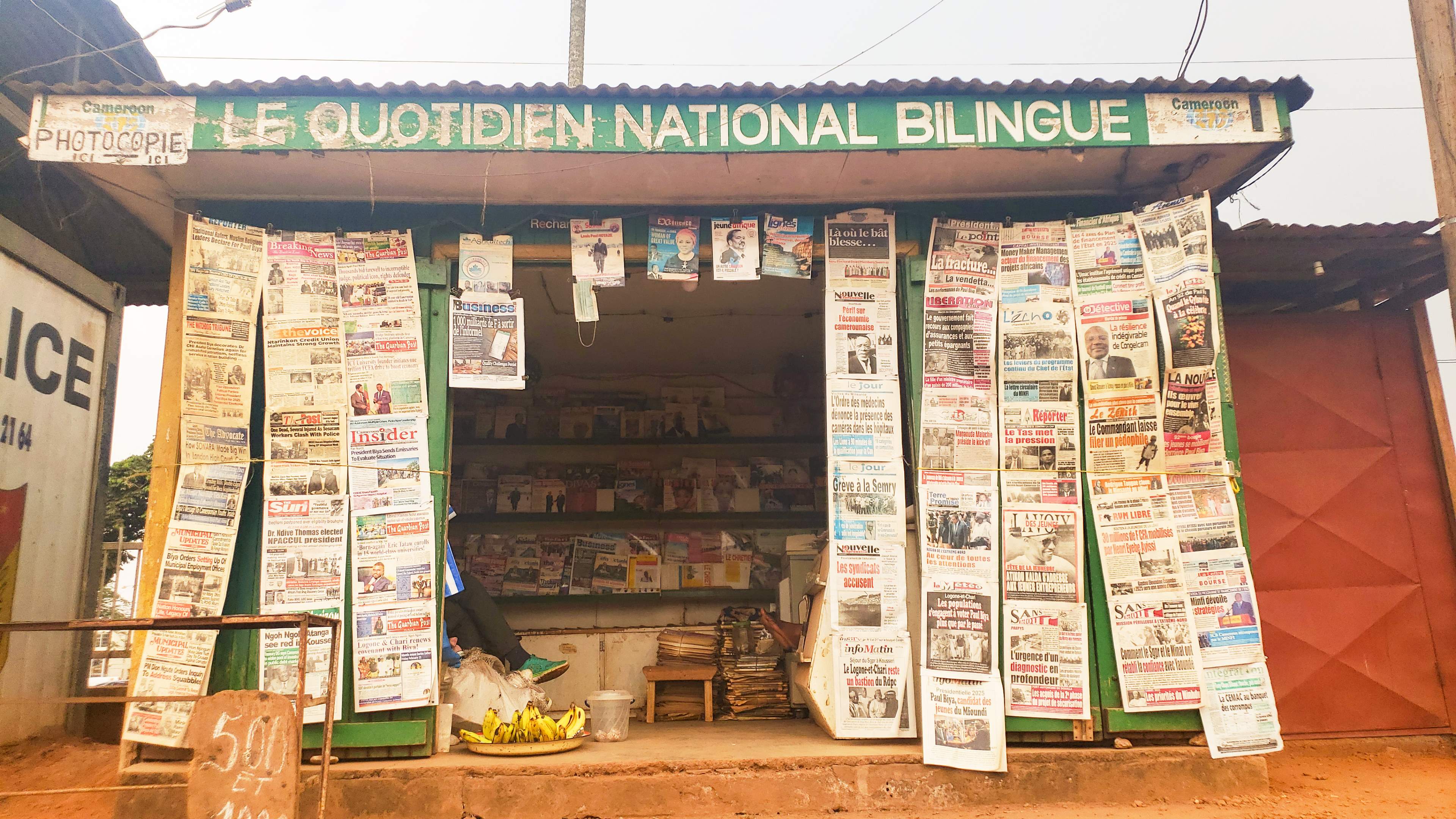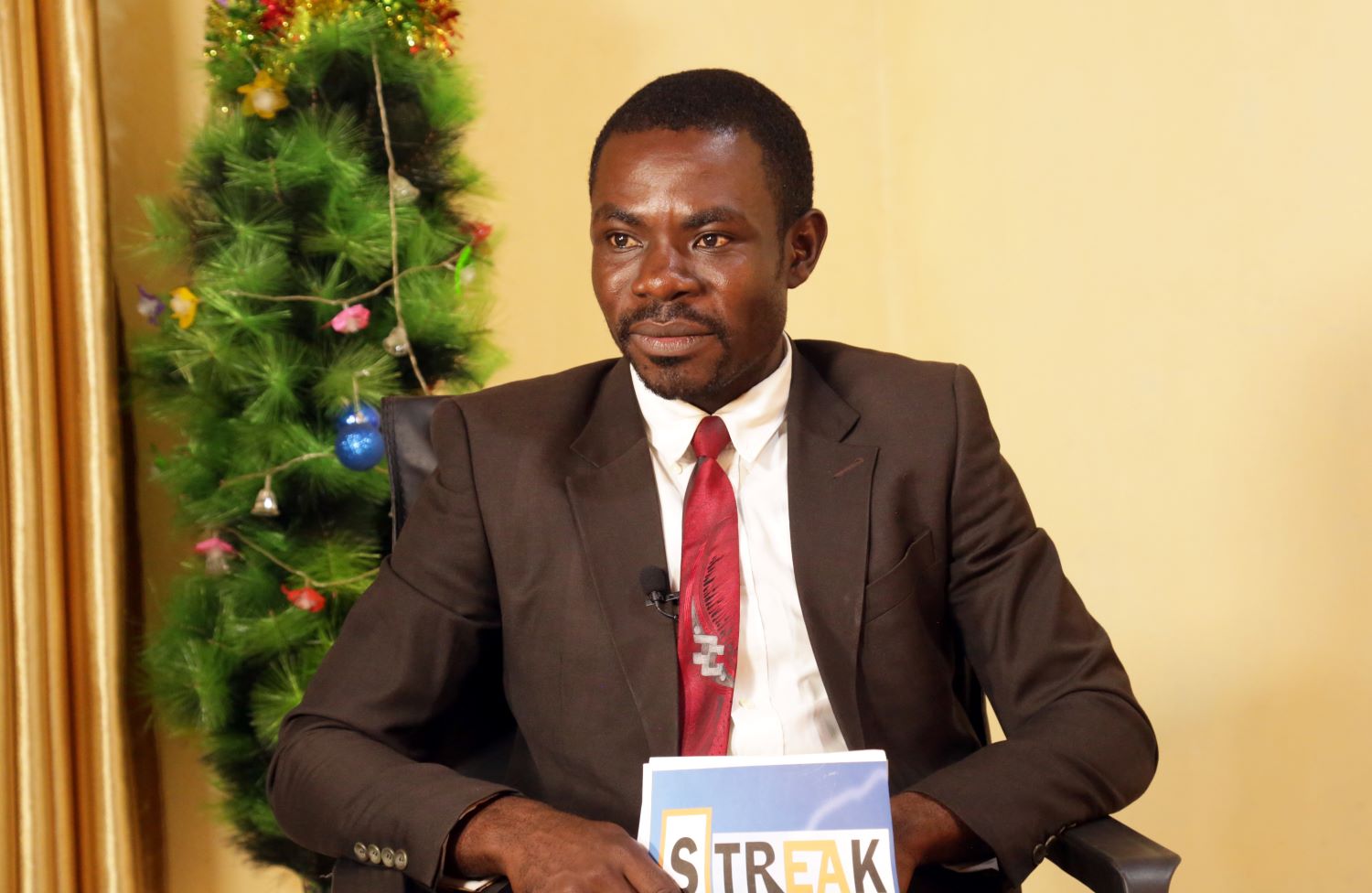يمكننا تشبيه كل سلوكياتنا في الحياة اليومية بالمسرح، فكلّ تصرف نقوم به يندرج تحت أحد هذين النوعين من "عرض الذات"، كما سمّاه الباحث "إيرفنغ غوفمان". الأول "عرض الذات الحقيقية" وهو عندما يعكس سلوك الإنسان ذاته الحقيقية بدون أقنعة، وبالتالي تكون لغة جسده متلائمة مع رسالته الكلامية دون جهد منه. أما الثاني فهو "عرض الذات الاستراتيجية"، وهو ما تتبعه الشخصيات العامة في خطاباتها وسلوكياتها أمام العلن، حيث أن كل كلمة وكل حركة وكل نبرة ترمي لترك انطباع معين عند الجمهور.
وفي حين أن نوع السلوك الأول عفوي وتلقائي ويتميز به الناس في الحيز الشخصي، فالثاني ينبع من حاجة الشخصية العامة للتقدير والحب والدعم، التي بدورها تؤثر بطريقة غير مباشرة في صنع القرار السياسي وتسويقه. لذلك فإن إدراك الجمهور لمركَّبات الخطاب السياسي البصرية والسمعية واللغوية تمكنه من تفكيك الخطاب ومعرفة أهدافه وما يرمي إليه من تأثير، وبالتالي تمنحه قدرة أكبر على النقد الذي يبطل مفعول أي محاولة من قبل الشخصية السياسية لحشد الرأي العام وتسييره باتجاه معين يخدم مصالحه.
وهنا يأتي دور الصحفي الملّم بأدوات تحليل الخطاب السياسي وعوامله المختلفة، فهو حلقة الوصل الضرورية بين السلطة وممثّليها وبين المتلقين والمستمعين من أبناء الشعب أو الجماهير المتابعة. إذ تقع مهمة تفكيك الخطاب الرسمي وتوضيح أهدافه والرسائل المنبثقة عنه على عاتق الصحفي، مما يقوّي قدرة الجمهور على النقد ويقلل من تأثير الاستراتيجيات الرسمية التي تهدف لحشد الجماهير عن طريق تهييج العاطفة بدلاً من إعمال العقل.
كيف تحلل ما تراه؟
قد يعتلي منصة الخطاب مرتدياً زياً رسمياً بلون داكن، أو قميصاً فاتح اللون شبابي الطراز، وقد يرتدي أحياناً زي بلاده التقليدي أو قطعة منه. أثناء كلامه ستلاحظ أنه قد يكثر من تحريك يديه أو رأسه، أو ربما يشبك أصابعه ولا يحافظ على تواصل بصري مع الجمهور، أحياناً يقرأ من ورقة ولا يرفع نظره عنها، وأحياناً أخرى يرتجل الكلام.
كل هذه الأمثلة على الحركات البسيطة التي ستراها عند متابعتك لخطاب ما تحمل دلالات ومعانٍ، وتهدف لإيصال رسالة معينة للجمهور. ففي حين تستطيع الشخصية المتحدثة البارعة إخفاء ارتباكها بالكلام والنبرة، يصعب عليها أكثر التحكم بحركات الجسد التي ستنقل الشعور بالتوتر أو الثقة إلى المستمعين. كما أن اختيار الزي ولونه وشكله من شأنه أن يقرّب المشاهد أو يبعده، فالزيّ الرسمي يحيط الشخصية بهالة السلطة ويؤكد وجود حاجز بينها وبين الجمهور وانتماء كل منهما لفئة مختلفة من حيث القوة.
من ناحية أخرى، ظهور الشخصية العامة بزيّ أقرب للجمهور، مثل اللباس التقليدي للبلد أو القميص العصري، يهدف إلى كسر الحواجز بين الشخصية والجمهور ومنح شعور بالقرب والتشابه، وبالتالي تعزيز القواسم المشتركة وتسهيل استقبال واستيعاب الجمهور للرسالة المراد إيصالها وزيادة احتمال اقتناعهم بالفكرة.
فعلى سبيل المثال، يظهر رئيس الوزراء الكندي "جاستين تروديو" في الفيديو التالي أثناء خطاب له أمام جمهور من الشباب الكندي وهو يرتدي زياً يجمع بين العصرية والبساطة فمن ناحية الألوان يرتدي الأزرق الفاتح والكحلي وربطة عنق شبابية كحلية، وهي ألوان تعرف بكونها تعكس الجديّة من جهة وتبث الهدوء من جهة أخرى. إلى جانب ذلك، يرتدي الرئيس قميصه مرفوع الأكمام مما يكشف عن ساعديه ويجعله يبدو أكثر قرباً من جمهور الشباب وأكثر نشاطاً واستعداداً للعمل وخدمة البلاد. كما أنه يرتدي ساعة بارزة تجعله يبدو بمظهر القيادي الذي يحترم الوقت ويهتم بالتخطيط الدقيق للأمور.
كيف تحلل ما تسمعه؟
ويقسم تحليل ما تسمعه من الخطاب السياسي لقائد ما إلى عدة أقسام.. الأول هو تحليل للنص المقروء لغوياً من حيث الكلمات المستخدمة من صفات وأفعال والمباني اللغوية للجمل والوقوف عند دلالات هذه الاستخدامات. فعلى سبيل المثال، قد يكثر رئيس في خطاب انتخابي من استخدام الأفعال الماضية لوصف ما قدّمه حزبه للمجتمع في الماضي، بينما يستخدم آخرفعل الزمن المستقبلي ليركز على ما ينوي حزبه تقديمه في حال تم انتخابه، أو أن يتحدث رئيس في خطابه بصيغة المفرد ويكثر من ذكر كلمة "أنا".
وبما أن انتقاء الكلمات والصيغ اللغوية يتم بشكل مدروس، فإن كل كلمة تحمل دلالة يقصد بها إحداث أثر معين على السامع. فمن يكثر من استخدام صيغة المفرد يعني أنه يعظم من نفسه ويرى في الحكم أمراً فردياً يخصه وهو بمثابة وصي على المحكومين، مما يبني حاجزاً بينه وبين السامعين ويعزز شعورهم بسلطته عليهم. بينما التحدث بصيغة الجمع -مثل شعار أوباما "نعم، نحنُ نستطيع"- يزيل الحدود بين الحاكم والمحكومين ويبث رسالة مفادها أن مصلحة الجميع هي مسؤولية الجميع، وأن السلطة موزعة. وبالطبع هنا يجب الأخذ بعين الاعتبار ما إذا كان الخطاب داخلياً وموجهاً للشعب نفسه، أم ألقي أمام المجتمع الدولي كجزء من الحراك السياسي الخارجي.
وبمشاهدة الفيديو التالي لخطاب رئيس الحكومة الإسرائيلي بنيامين نتنياهو أمام الجمعية العامة للأمم المتحدة في أكتوبر/تشرين أول عام 2015، يمكن الانتباه إلى استخدامه صيغة الملكية الفردية عند الإشارة إلى إسرائيل والشعب الإسرائيلي، فهو يقول ما معناه: "حكام إيران وعدوا بأن يدمروا دولتي، وأن يقتلوا شعبي"، وهنا يظهر بأنه يعتبر الدولة التي يحكمها تابعة له، وينسب الإسرائيليين عن طريق صيغة الملكية، له، مما يظهر الإسرائيليين كمجتمع متجانس ومتحد وملتف حول حكومة نتنياهو.
إلى جانب ذلك، يظهر تركيز نتنياهو على نفسه ومعرفته وتجربته وما مر به هو، وذلك نظراً لاستخدامه مفردة "أنا" 65 مرة كوسيلة تعزز حدة رسالته وتعطيه القوة. فعلى سبيل المثال، ردّد: "أنا أعرف ثمن الحرب، أنا كنت على وشك أن أقتل في معركة، أنا خسرت أصدقاء كثر، أنا خسرت أخي الحبيب يوني".
وعلى عكس نتنياهو، في الفيديو التالي يظهر أوباما في خطاب الانتصار لأول مرة في انتخابات الولايات المتحدة عام 2008، والذي يوجه فيه خطابه لناخبيه وداعميه ذكر كلمة "أنا" 32 مرة بينما تحدث بصيغة الجمع غالبية الوقت مستخدماً "نحنُ" 63 مرة، وتعبير "نعم، نحنُ نستطيع" 6 مرات. وهو ما يعكس الرسالة التي أراد أوباما أن يوصلها للأميركيين حول المسؤولية المشتركة والسلطة المشتركة، وأنه كرئيس للولايات المتحدة ليس وصياً عليهم بل شريكاً لهم.
إلى جانب تحليل محتوى الخطاب من ناحية اللغة، يجدر الانتباه إلى أسلوب الإلقاء من حيث نبرة الصوت، فالخطيب المتمرس يتقن التحكم بنبرة صوته ومستواه، فيرفع صوته أو يخفضه وفقاً للرسالة التي يقصد التركيز عليها. وفي الفيديو أعلاه لخطاب أوباما، نلاحظ ضبطه لنبرة صوته وتحكمه بها لإظهار القوة والثبات والإصرار، كما يرفع النبرة في مواضع عدة عندما يتقصد ترسيخ فكرة ما عند الجمهور وتحويل جملة ما لشعار، كما حدث في الدقيقة العاشرة عند ترديده مرات عدة للعبارة الشهيرة "نعم، نحن نستطيع".
السياق
وبما أن كلّ خطاب يُلقى هو حلقة واحدة في سلسلة محددة مسبقاً من الرسائل التي يهدف المستوى السياسي إيصالها للجماهير أو لجهات سياسية أخرى، فلا يمكن تحليل أي خطاب بشكل منفصل عن السياق العام لمجريات الأحداث والظروف التي تمر بها الشخصية السياسية أو الحزب أو الدولة. فالخطابات وقت الحرب تختلف عنها وقت السلم، وخطابات الدعاية الانتخابية لا ينظر إليها بنفس عدسة الخطابات المصيرية أو المراسيمية. كما أنه لفهم السياق والمتغيرات، لا بد من مقارنة خطابات الشخصية السياسية بأخرى سبقتها، وذلك لتحديد تأثير الزمن والظرف على أسلوب الكلام والنبرة والكلمات المستخدمة والعوامل البصرية الأخرى.
فعلى سبيل المثال، في الفيديو التالي يظهر الزعيم الأفريقي نيلسون مانديلا، الذي ناهض لسنوات طويلة نظام الفصل العنصري في جنوب أفريقيا. يفسّر الزمان والمكان الذي ألقي فيه الخطاب الكثير من العوامل المرئية والمسموعة فيه. فنظراً لأن الخطاب هو "خطاب النصر" الذي ألقاه بعد انتخابه كأول رئيس لجنوب أفريقيا ما بعد الأبارتهايد، نلاحظ نبرة الصوت العالية والواثقة التي تعكس الشعور بالانتصار والفخر. كما أن اللغة المستخدمة تهدف للتحفيز ونشر الأمل نحو المستقبل الموحد لشعب جنوب أفريقيا وأن مرحلة البناء قد بدأت. كما أن السياق-ما بعد الفوز بالانتخابات- يفسر ارتداء مانديلا للباس رسمي وظهور علم جنوب أفريقيا في الخلفية إلى جانب عدد من رجال الأمن، مما يعبر عن تغيّر منصبه ومكانته وانتقاله من صفوف الشعب إلى السلطة.
المصادر
خطاب نتنياهو: https://youtu.be/8uSYMHGdkP0
خطاب نتنياهو مكتوباً: http://www.jpost.com/Israel-News/Politics-And-Diplomacy/Full-text-of-PM-Netanyahus-address-to-the-UN-General-Assembly-419717
خطاب أوباما https://www.youtube.com/watch?v=CnvUUauFJ98
كلمة رئيس الوزراء الكندي https://www.youtube.com/watch?v=9ZoVrfNN4Iw
خطاب نيلسون مانديلا: https://www.youtube.com/watch?v=xZ9KlXCkb2s
كتاب: The Presentation of Self in Everyday Life Paperback (1959) by Erving Goffman
